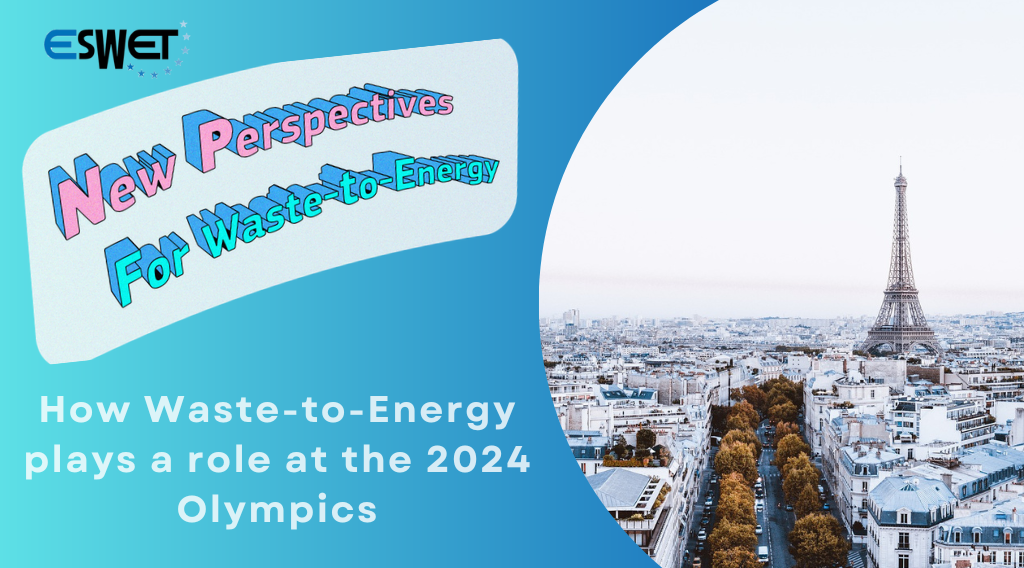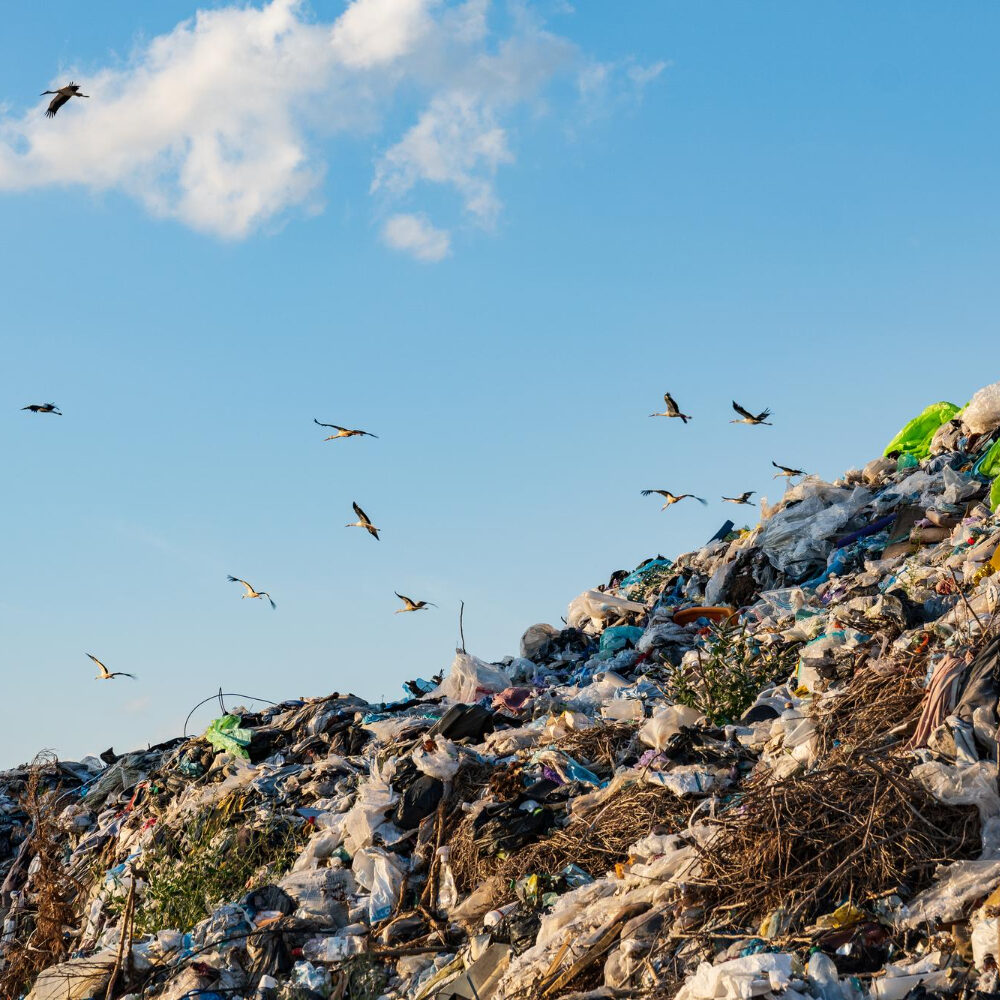How Waste-to-Energy played a role at the Olympics

Paris cast a spell on the world this summer as host of the 2024 Olympics and Paralympics.
With the Tour Eiffel beaming with light and a cleaner Seine doubling as an oversize swimming pool, everyone fell (again) for the French capital. Not least, the 15 million fans who took to the city to watch their sport heroes strive for Olympic glory.
While such an exceptional number of visitors is welcome news for the economy, it also put extra pressure on the city’s waste management system.
During the Games, athletes, fans and staff discarded significant amount of rubbish, adding weight to the 3,000 tonnes of domestic waste that the local municipality picks up every day. Once that waste is collected, it can then be recycled, composted, incinerated, or – as a last resource – end up in a landfill.
When handling massive amounts of rubbish associated with large-scale events such as the Olympics, waste incineration with energy recovery can play a crucial role and be a city’s ally.
Waste-to-Energy in Paris
Also known as Waste-to-Energy (WtE), the process treats waste that cannot be recycled or re-used, turning it into energy and valuable secondary raw materials.
WtE significantly reduces the volume of rubbish that would end up in landfills, thereby conserving land space, mitigating environmental pollution, and removing materials that otherwise hamper recycling streams.
In addition, WtE contributes to the city’s energy needs. The energy recovered from rubbish incineration is used to generate heat, steam, and electricity, supporting Paris’s commitment to renewable energy sources and reducing reliance on fossil fuels.
This dual benefit of waste reduction and energy production underscores the importance of incineration in achieving a sustainable and efficient waste management system for the Olympics and beyond.
In Paris, three waste incineration plants treat 1.8 million tonnes of waste annually. The energy that they produce provides heating to both private and public buildings, including 300,000 homes, the main hospital, the Louvre, and other museums.
Thanks to this energy production, every year Paris’s three WtE plants prevent the equivalent of 900,000 tonnes of CO₂ emissions. The three facilities also cover their own electricity needs.
The Isséane plant, located in Issy-les-Moulineaux, can process 510,000 tonnes of waste per year. As of 2018, the facility provided 1 million tons of steam and 46 GWh of electricity to the French capital.
Elsewhere near Paris, the plant in Saint-Ouen-sur-Seine processes around 600 kt of household waste every year, recovering 1.2 million tonnes of steam and 10,000 MWh of electricity.
Boasting the title of Europe’s biggest WtE plant, the Ivry-sur-Seine facility treats the waste of 11,4 million people, up to 730,000 tonnes of household waste per year. After 55 years of service, Ivry-sur-Seine plant will stop operating in 2025.
An Olympic standard for waste
The Paris Olympics rubbish challenges this summer are not unlike those of the 2016 Rio de Janeiro and 2020 Tokyo Olympics. But the French capital was determined to create a new sustainability paradigm by reducing the overall amount of rubbish during the Games.
“The best waste is the waste that is not produced,” was the organisers’ motto, which is crucial to halving CO₂ emissions compared to the previous Olympics. To the rallying cry of “Do with less. Do it better”, the scheme tapped into Paris’ existing circular economy scheme, relying on responsible consumption, recycling, and the sorting of waste.
As part of the Paris Games’ environmental strategy, the consumer goods’ life cycle was extended. All catering equipment and infrastructure, for example, are meant to be reused after the Games. Organisers also reduced single-use plastic by 50%, cutting food waste by better matching quantities with needs, and redistributing leftover food.
Except for the newly built Aquatic Centre, the Olympics took place 95% of pre-existing infrastructure.
The athletes’ medals were made of 100% recycled metal and included a fragment of the Eiffel Tower – placed in the middle of the medals’ design, the fragment came from the iron discarded when the monument underwent renovation works in the 20th century.
The Games were also powered by 100% renewable energy, while 400km of new bike lanes ramped up the city’s efforts to promote sustainable mobility. To minimise transport carbon footprint, all venues could be reached by public transport and by bike.
After the Games , rubbish was the leftover witness of Olympic triumph and disaster, lying bare at the bottom of some bin. But if all went according to plan, this year’s was considerably less than in previous editions of the event.
Materials bearing the memory of Olympic glory will find new use and a new lease on life, as Paris leaves a legacy for the Games to come.


